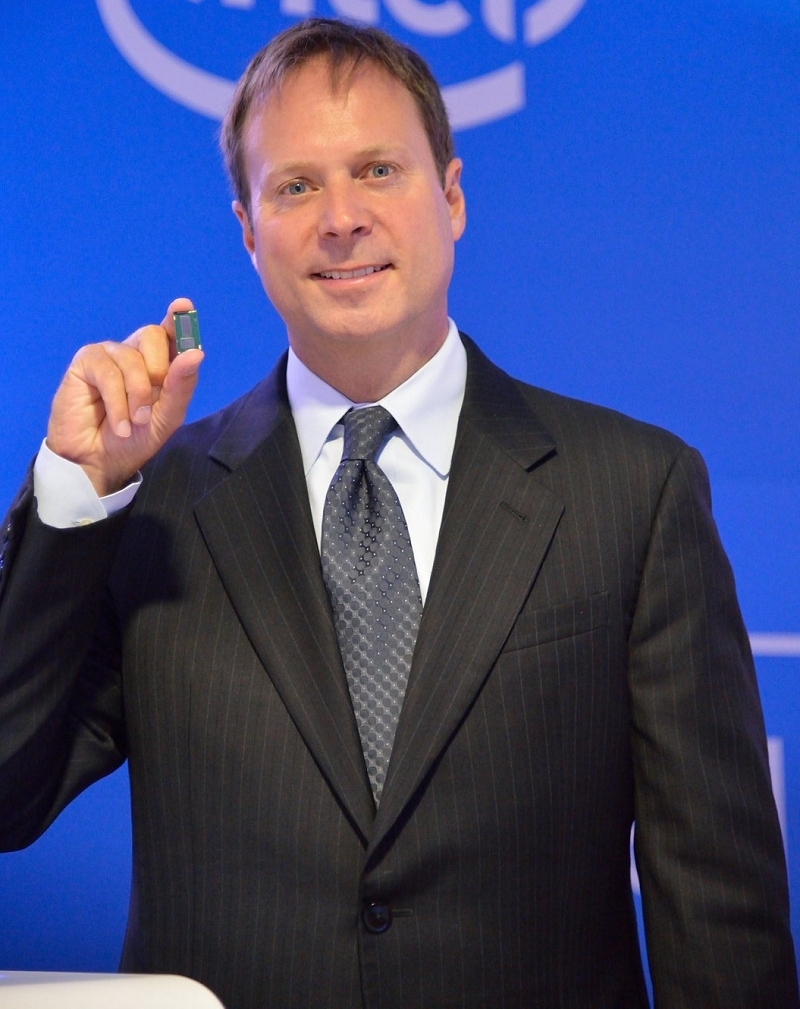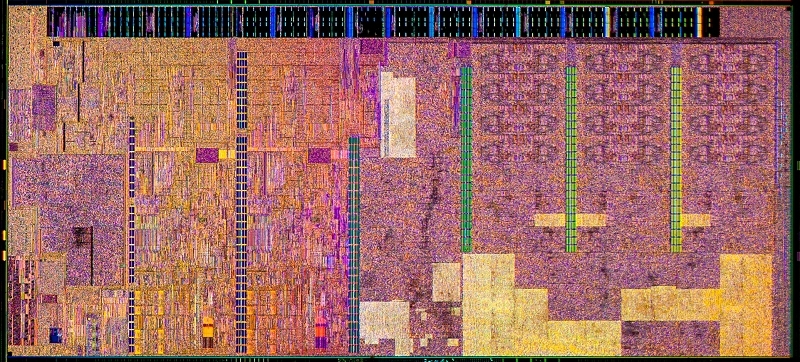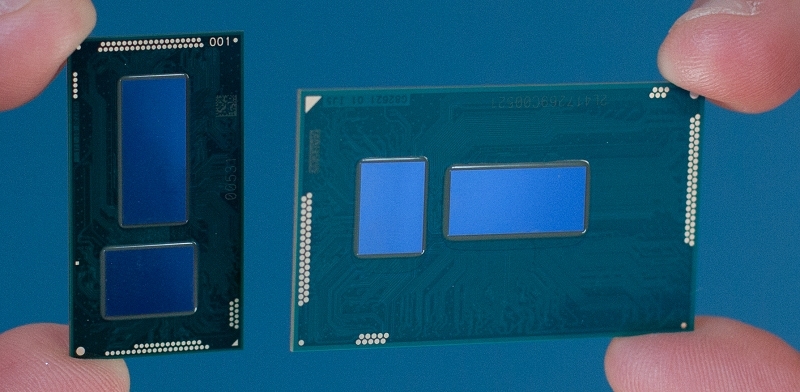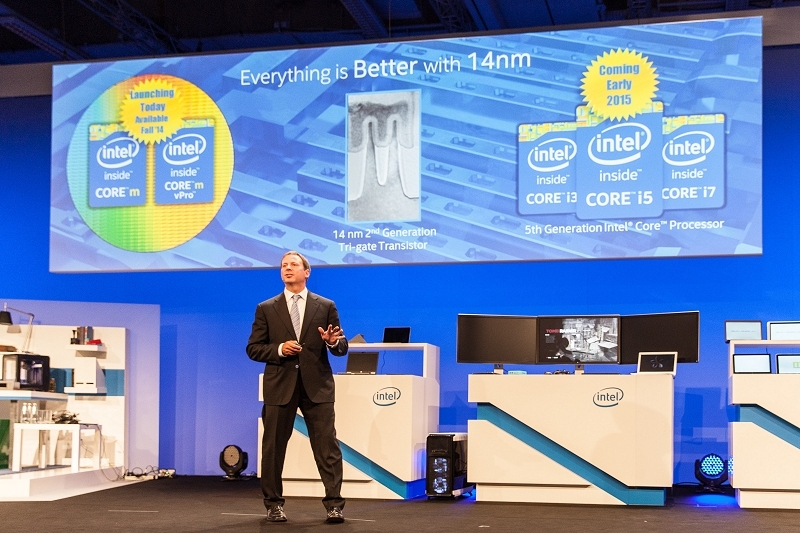Despite having Intel on the ropes from the late '90s through the mid-2000s with its Athlon line, most would agree that AMD never really had a serious shot at overtaking its rival. Intel lay to rest any chances of that happening with the release of the Core 2 Duo in 2006 and hasn't looked back since.
With AMD squarely out of the desktop CPU race by its own admission, Intel has coasted through the last several years virtually untested in the market. But during that same span of time, Intel watched with the rest of us as smartphones and tablets exploded in popularity - sending desktop sales plummeting.
Intel had an opportunity to get in on the ground level before the storm came but elected to pass. It was a decision that could have drastically altered the company's prospects for the better but by the time they realized what was going on in the market, ARM already had a solid lead in the mobile race.
Nevertheless, Intel reorganized its mobile business to speed up development in late 2011. The chipmaker has since found some success with its Atom SoC but they've yet to replicate their desktop success on the mobile gridiron.

Intel's just launched the Core M processor (formerly Broadwell Y), however, it could be the company's first real step towards a mobile takeover.
The chip is Intel's first to be built using the 14-nanometer manufacturing process and the first in the highly anticipated Broadwell family - the fifth generation Core series. With a TDP of just 4.5 watts (that's less than today's power-efficient LED light bulbs) that doesn't require active cooling and a processor package that is 50 percent smaller than the previous generation, manufacturers are now free to build incredibly thin devices without sacrificing performance.

Intel says their Core M is 50 percent faster at computing tasks, 40 percent faster in the graphics department and offers 20 percent longer battery life compared to its previous generation Core chip.
Core M chips will initially find their way into 2-in-1 devices - systems that double as a notebook computer with full keyboard support and a standalone tablet - from companies including Acer, Asus, Dell, HP, Lenovo and Toshiba targeting both business and casual users.

Intel has a lot riding on the Core M line and although it's not a mobile chip for smartphones, the company would no doubt like to increase its tablet market share - even if sales are beginning to level off in mature markets.
Whether or not consumers are receptive to the idea of these new 2-in-1 devices remains to be seen. If nothing else, perhaps Intel can take what they've learned with the Core M and apply it to smartphones - an industry that doesn't look to slow down anytime soon.
